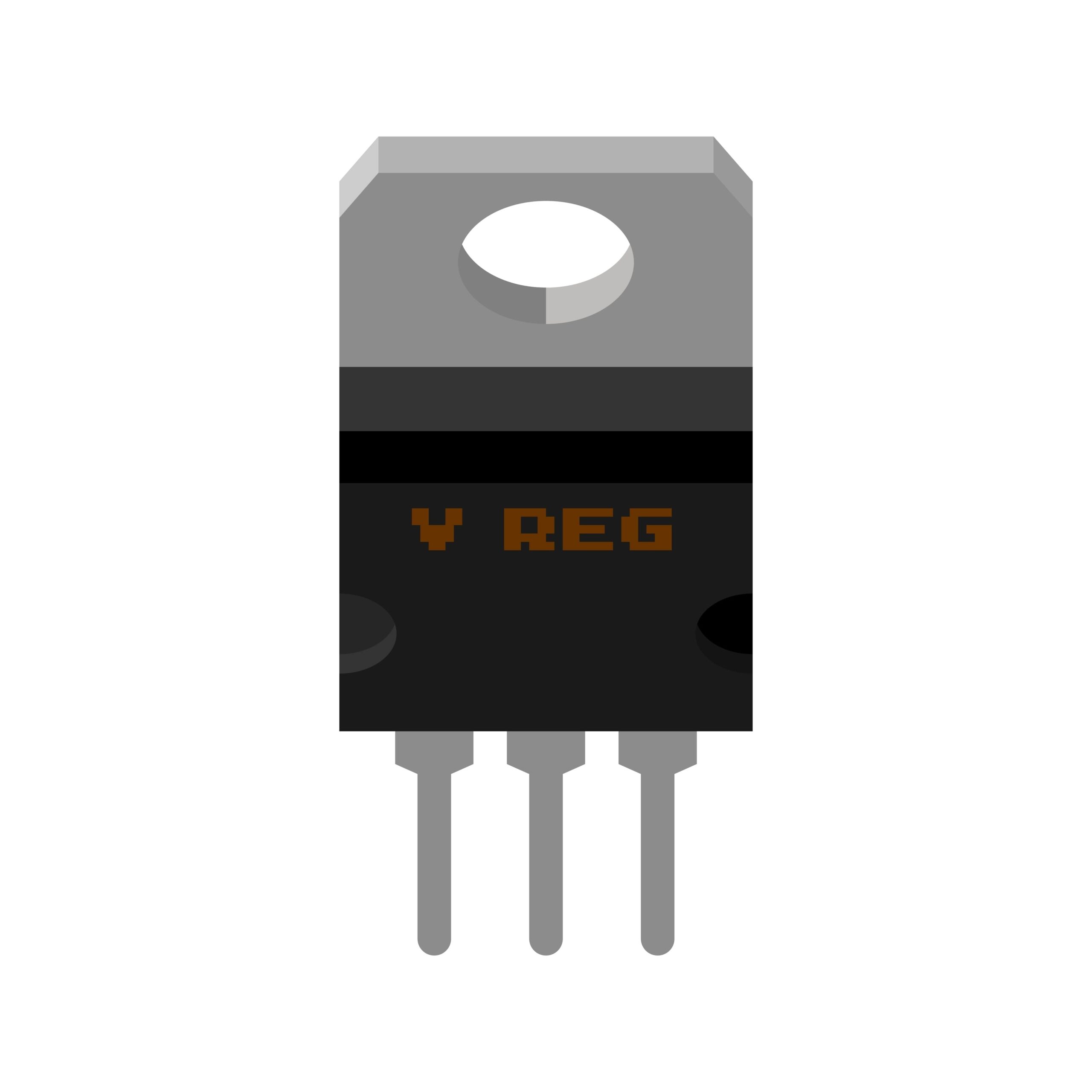
Voltage regulators are critical elements of a power supply operation circuit.
A power supply operation circuit typically includes several key elements to convert an input voltage into a stable output voltage suitable for powering electronic devices. These elements may vary depending on the specific type of power supply, but some common power supply operation circuit elements include:
|
Power Supply Operation Circuit Elements |
|
|
Transformer |
A transformer is used to step up or step down the input voltage to the desired level. It consists of primary and secondary windings to transfer power from the input to the output. Types of transformers include
|
|
Rectifier |
A rectifier is used to convert AC voltage to DC voltage. It can be a diode bridge or a combination of diodes to rectify the alternating current into a pulsating direct current. |
|
Filtering Capacitor and Inductor |
After rectification, filtering components such as capacitors and inductors are used to smooth out the pulsating DC voltage, reducing ripple and noise. Capacitors store energy and release it when the voltage drops, while inductors resist changes in current flow, helping to stabilize the output voltage. |
|
Voltage Regulator |
A voltage regulator ensures that the output voltage remains stable regardless of input or load variations. There are different types of voltage regulators, including linear regulators, which dissipate excess voltage as heat, and switching regulators, which regulate by rapidly switching the input voltage on and off. |
|
Feedback Circuit |
In regulated power supplies, a feedback circuit compares the output voltage to a reference voltage and adjusts the control element (such as a transistor or a pulse-width modulation controller) to maintain the desired output voltage. |
|
Protection Circuitry |
Power supplies often include protection circuitry to safeguard against overvoltage, overcurrent, and short circuits. These may consist of fuses, overvoltage protection diodes, and current-limiting resistors. |
|
Output Filtering |
Additional filtering components may be included at the output stage to reduce noise and ripple, ensuring a clean and stable output voltage. |
|
Control Circuitry |
Control circuitry may be included in more sophisticated power supplies to provide features such as remote sensing, programmable output voltage/current, and monitoring functions. |
Best Practices for Designing a Power Supply Operation Circuit
Designing a power supply operation circuit to meet voltage requirements involves considering efficiency, stability, reliability, and cost factors. Here are some best practices and key components to consider:
- Requirements Definition: Clearly define the requirements; such as input voltage range, output voltage/current, efficiency, and any special features needed.
- Topology Selection: Choose the appropriate power supply topology, such as buck, boost, buck-boost, or flyback, based on your requirements and constraints.
- Component Sizing: Calculate the values of passive components such as inductors, capacitors, and resistors based on the chosen topology and operating conditions.
- Component Selection: Choose components with appropriate ratings, tolerances, and characteristics to meet the design requirements. Consider factors like voltage ratings, current handling capabilities, temperature coefficients, and reliability.
- Control Scheme: Implement a suitable control scheme, such as voltage mode or current mode, to regulate the output voltage/current and ensure stability under various operating conditions.
- Feedback Network: Design the feedback network to provide accurate regulation and stability. Use feedback components such as resistors, capacitors, and operational amplifiers as needed.
- Protection Mechanisms: Incorporate protection features such as overvoltage protection, overcurrent protection, and thermal shutdown to safeguard the circuit and connected devices from damage.
- Noise Mitigation: Employ filtering techniques and layout considerations to minimize noise and ripple in the output voltage/current.
- Efficiency Optimization: Optimize component selection, switching frequency, and control scheme to maximize efficiency and minimize power losses.
- Layout and Thermal Management: Design a compact and well-organized layout to minimize parasitic effects, optimize signal integrity, and facilitate proper thermal dissipation.
- Testing and Validation: Thoroughly test the circuit under various load conditions, input voltages, and environmental factors to ensure reliable and consistent performance.
- Compliance and Standards: Ensure the design complies with relevant safety standards and regulatory requirements.
By following these best practices and selecting appropriate elements, you can design a power supply operation circuit that meets the voltage needs of your specific application, while ensuring efficiency, stability, and reliability.
If you’re looking for CAD models for common components or important information on power supply operation circuit elements, Ultra Librarian helps by compiling all your sourcing and CAD information in one place.
Working with Ultra Librarian sets up your team for success to ensure streamlined and error-free design, production, and sourcing. Register today for free.